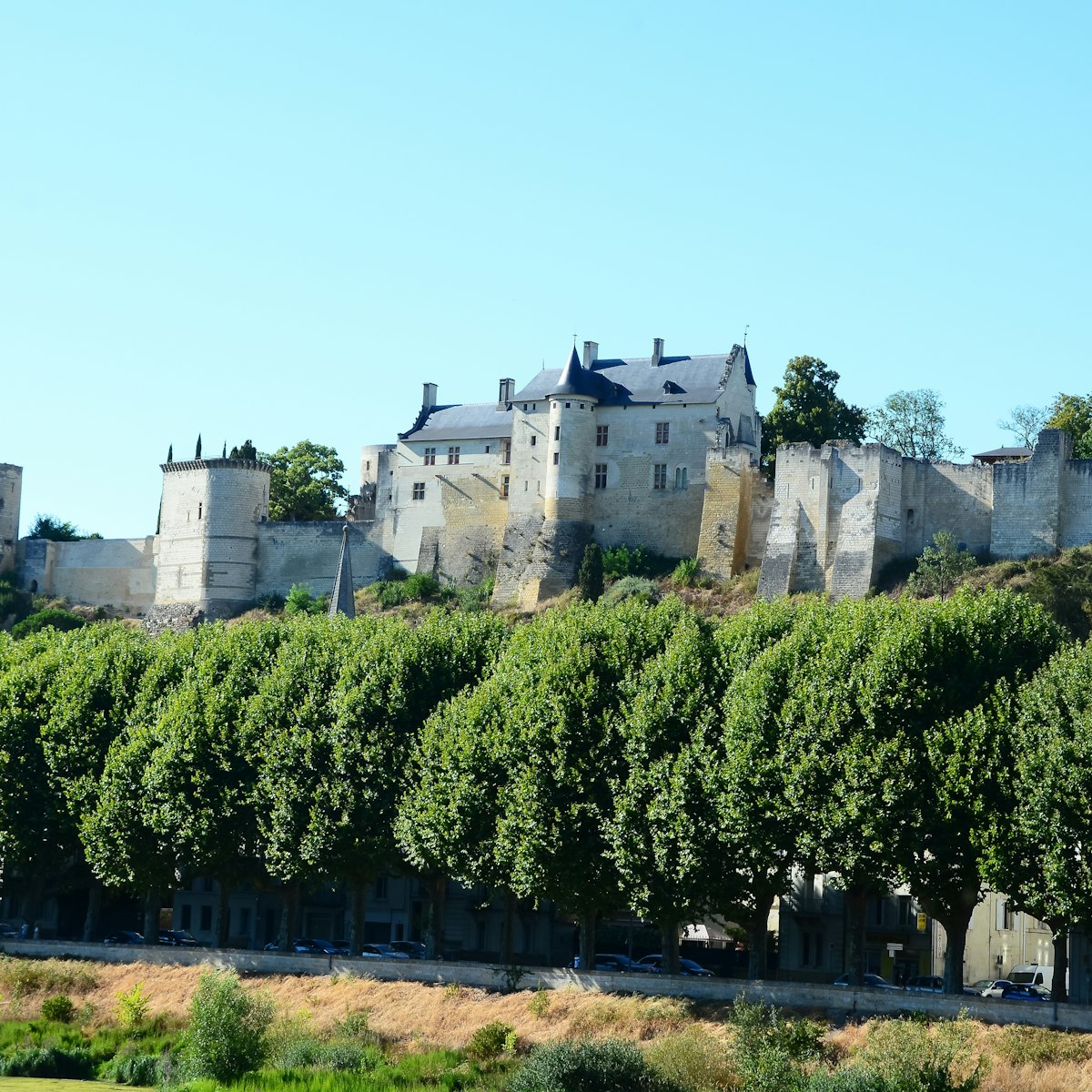The creamy white towers and slate roofs of the Château d’Ussé offer sweeping views across the flat Loire countryside, the flood-prone Indre River and French-style formal gardens designed by André Le Nôtre, landscape architect of Versailles. The château's main claim to literary fame is that it served as the inspiration for Charles Perrault’s classic fairy tale, La Belle au Bois Dormant, known in English as Sleeping Beauty.
Built on top of an 11th-century fortress (part of whose cellar you can visit), the modern-day château – a mix of medieval and Renaissance styles – dates mainly from the 15th to 17th centuries. In the gardens, the mostly Gothic chapel (1528) has a Renaissance-style doorway; inside, signs tell the story of the depredations visited upon Ussé during the French Revolution. Nearby, films on the château's upkeep and gardens can be seen inside three caves, while the stables display horse-drawn carriages and a tiny cart, designed to be pulled by a dog, that once amused privileged children.
The main château building has two entrances. One takes you up to the Chemin de Ronde, a passageway along the top of the ramparts that leads to dodgy tableaux illustrating the story of Sleeping Beauty and the magnificent Grenier (attic), which still has its original, five-century-old oak frame. The other, marked Entrée du Château, leads to furnished rooms in which nonchalant mannequins, dressed in period costume from the 18th to 20th centuries, loiter, lounge and loll. Explanatory sheets in nine languages are available at the ticket counter.
The town of Rigny-Ussé is 12km northeast of Chinon.




